A Girl Born Without Nose, Who Was Called “Voldemort”, Proved Everyone Is Beautiful in Their Own Way

Ear infections are commonly associated with children, yet they still impact about 20% of adults. This occurrence is quite usual as adults can also be susceptible to bacteria and viruses similar to children. Recognizing the signs of ear infections promptly is crucial for swift and effective treatment, as these infections can be notably uncomfortable.
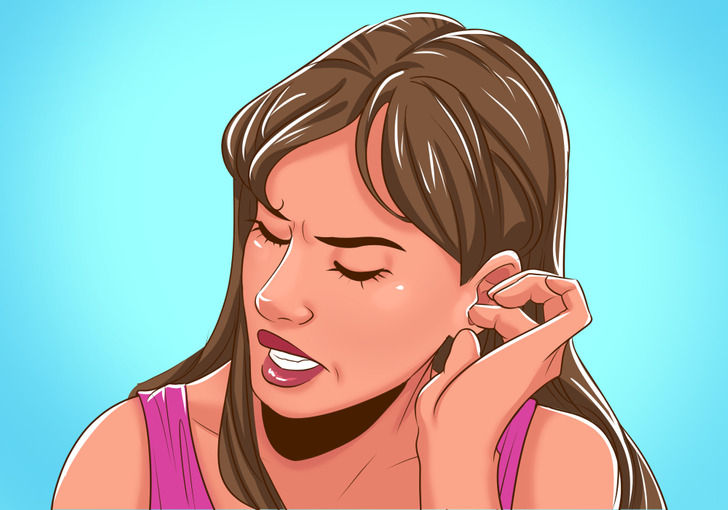
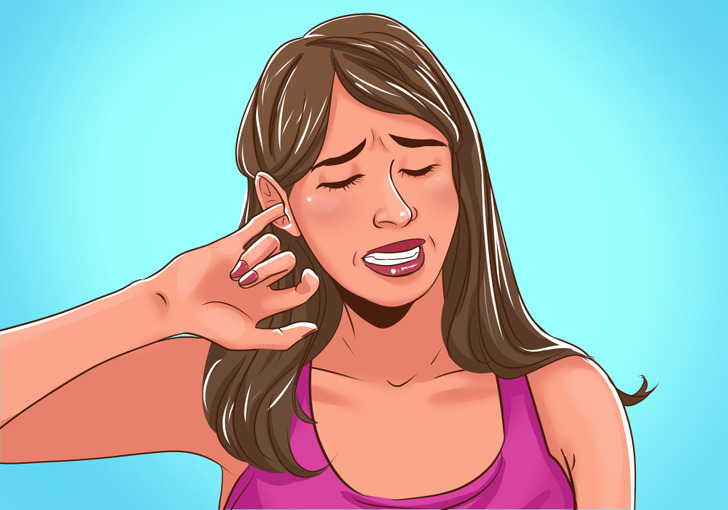
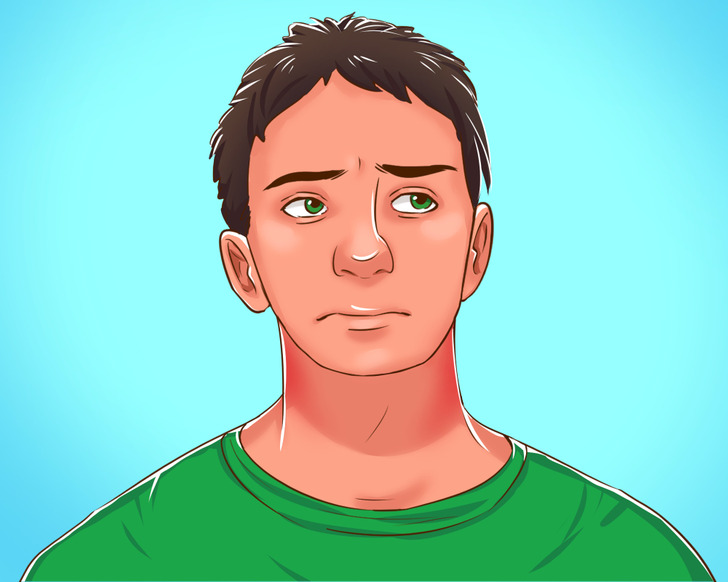
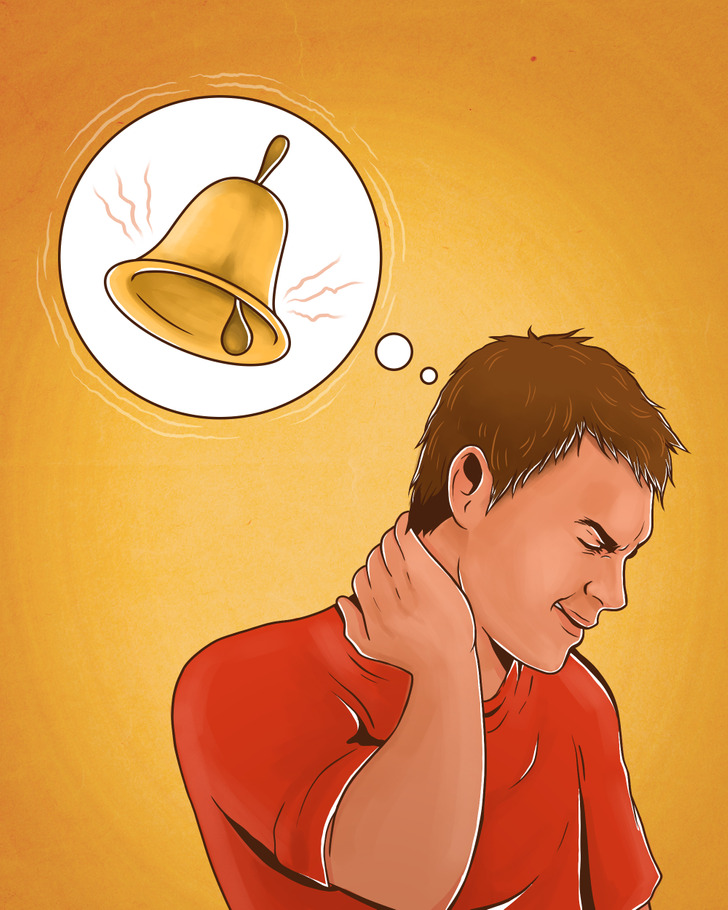
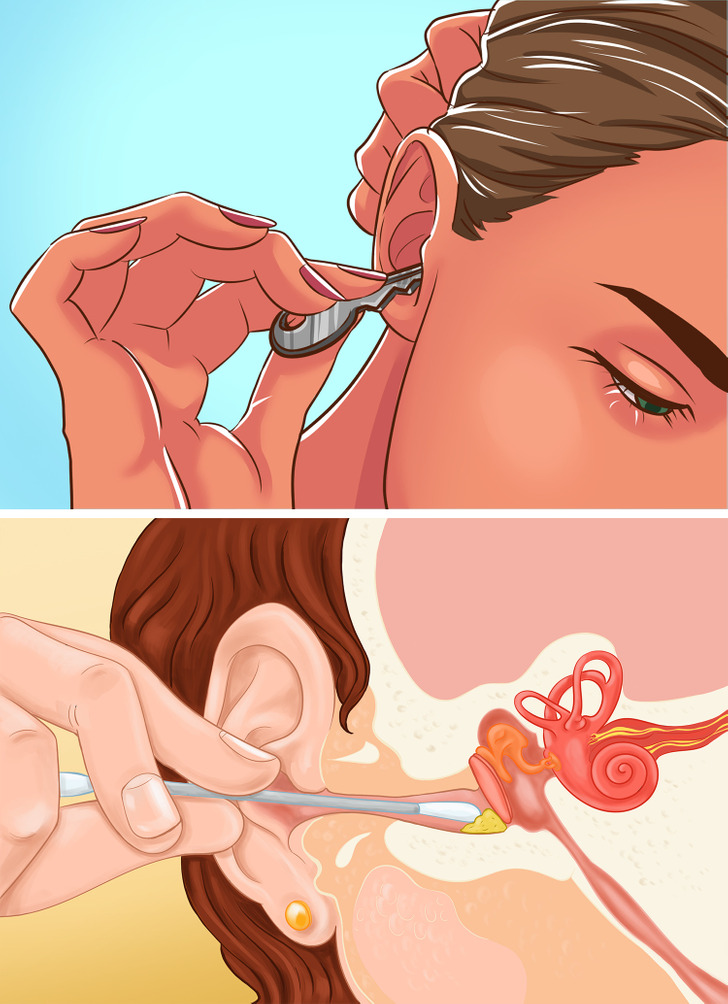
Cotton swabs might seem helpful in cleaning the ears, but they can inadvertently push earwax deeper, causing discomfort. It’s advisable to discontinue their use if you experience any discomfort. Additionally, avoiding the use of foreign objects such as keys, hairpins, or paper clips to scratch or clean the ears is crucial, as they can also push the earwax deeper, leading to skin irritation or injury.
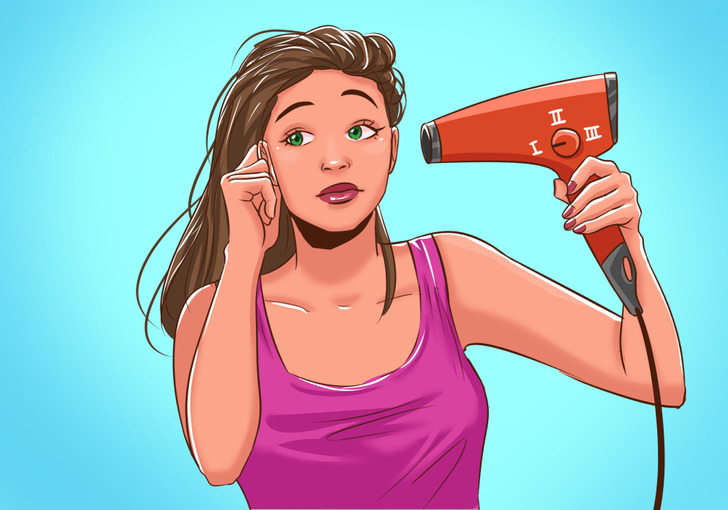
After water exposure, ensure you dry your ears thoroughly by tilting your head and gently patting around the ears with a towel. By gently pulling your earlobe in various directions, you can assist in letting any trapped water escape safely. If you still sense water in your ears after returning home, using a blow-dryer on a low-speed, low-heat setting can help dry them out. Be cautious to avoid directing the airflow directly into the ear canal.
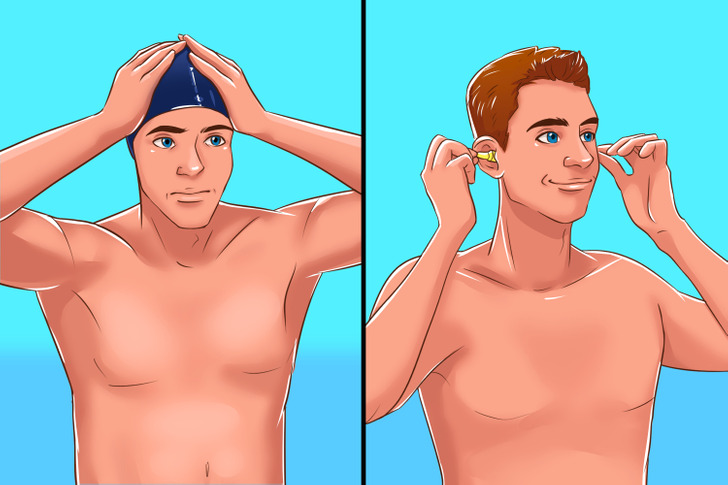
For people more prone to ear infections, taking precautionary measures can be beneficial. Using a swimming cap as a protective barrier to prevent water from entering your ears is a good start. If comfortable, consider using earplugs to further shield your ears from water exposure. Seeking advice from your doctor or healthcare provider about additional preventive measures can also be helpful and tailored to your specific needs.
Regular handwashing with soap and running water is an effective way to prevent the transmission of germs that can cause colds and ear infections in both children and adults. It’s essential to wash hands, especially after using the restroom, handling food, before eating, and after coughing, sneezing, or blowing your nose, to minimize the risk of infections.
Looking after our bodies can often be complex, particularly when it involves aspects we might not have been taught. Additionally, we’ve compiled some helpful tips for maintaining good dental care and hygiene.











